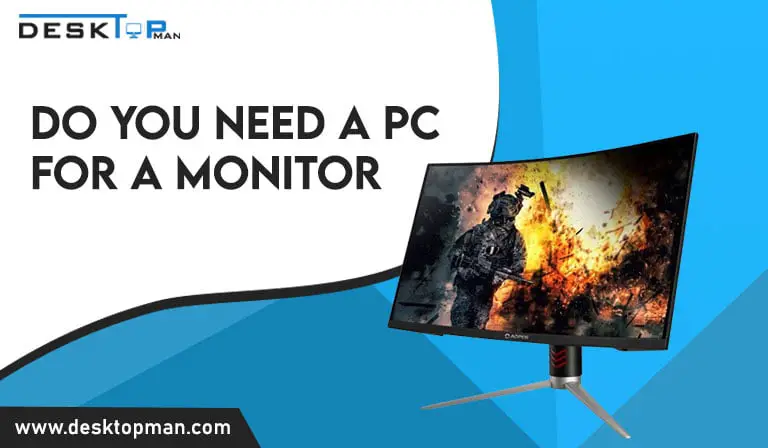How to Test CPU Liquid Cooler
The pump watercooling, pipe connections, water level, and other factors should all be checked to determine whether your CPU water cooler is functioning or not. In this article, we’ll go over how to test cpu liquid cooler and how to keep them in good working order.
CPU water coolers must be properly monitored and maintained on a weekly or monthly basis, making them more delicate than CPU air coolers. Performance and cooling problems might result from not adhering to the cleaning plan and it is also a solution to high cpu usage when playing games, read more about it in our article.
Liquid Cooler

Similar to a radiator in your automobile or house, liquid cooling has a similar operation. These systems use “water blocks” that sit on top of the chip being cooled to circulate liquid. The heat is dispersed from the chip by the water block’s water, which is substantially colder, and cools the chip.
If done correctly, using liquid cooling is typically safe. There are several instances when customers have harmed their components due to leakage, particularly the GPU, CPU, and motherboard. While the computer is functioning and exposed to water, these components will be severely damaged.
Open-Loop liquid coolers, or coolers you create yourself, imply that you’ll need to drain the system as needed and then re-fill it with a different coolant. The majority of configurations may endure for more than a year, but it’s still advised that you examine it at least once every six months. you can read more about the Which CPU cooler is best for Ryzen 5 5600X? out there.
If money were no obstacle, liquid cooling would be highly worthwhile. It’s important to maintain the temperatures of your components low to keep them functioning well and maybe extend their lifespan. Better thermal performance is a pro.
How to tell if Liquid cooler is broken

There are a few tests you can run to make sure the CPU cooler liquid is functioning properly and is not damaged. If your CPU cooler is damaged, multitasking may cause sudden shutdowns, performance slowness, and an increase in temperature right away. Here’s how to determine whether it’s functioning or not.
- Examine the temperature
Checking your CPU’s temperature is the first and most crucial step in making sure your cooling system is functioning properly. High temperatures indicate that your CPU is not being adequately cooled. You may use programs like Core Temp, Open Hardware Monitor, and CPUZ to check the CPU’s temperature. These programs all have user-friendly interfaces. If your computer’s temperature is rising in continuity, it is a result of water cooled pc fail.
- Inspect the Pump:
Constantly keep a watch on the CPU water cooler pump. Your CPU will overheat if the pump is not functioning properly to circulate the water. By touching the pump, you may examine it. It is not functioning if it is not vibrating, thus you must replace it. To turn on your computer, open the case. Now lightly press the pump on your cooler with your hand. Feel the water flowing and the vibration. If it is vibrating, your cooler pump is operating properly.
- Verify The Water Level:
The cooling system’s water supply is essential for lowering CPU heat. To prevent overheating, you must quickly refill your cooler if the water level is very low. Therefore, make sure there is enough water in the cooler. A low water level will prevent your CPU from being adequately cooled. Carefully remove the radiator’s cover to inspect the water level.
If the reservoir is empty, you must fill it with water. A cylindrical device with a pump through tubes connected to the radiator’s CPU is referred to as a water reservoir. When filling the water cylinder while it is inside your computer. To prevent water damage, put a paper towel around it and other components. Additionally, fill the cylinder or radiator using the water dispenser with squeeze bottles.
- Look for leaks:
Inspecting the pipes for leaks is another thing to perform. The performance of the cooler is impacted by leaks in the pipes, and the water that results from those leaks has the potential to damage other PC parts. If there are any leaks, the CPU will overheat since the water won’t be able to reach it.
Maintain a paper towel or tissue covering your hardware parts when adding water to your cooler’s radiator. Start your computer now, and while it’s running, check for any leaks or water dripping from the pipes. If you discover any, replace the entire tube. The cooler should be disassembled and then reassembled outside the PC case to ensure leakage since doing it inside the PC is dangerous.
also read: How do I install am4 CPU, since AMD is at the top of our list of the best CPUs and known for its fast and efficient performance
How to tell if aio pump is failing

Manufacturers of AIO equipment will rank their products based on how many hours and roughly how many years they may be expected to last. The pump is expected to endure, on average, 8 years or 70,000 hours of operation.
AIOs rarely experience failure. If you sell hundreds of these, only 5-10 of them collapse within 3 years. Typically, because the pump has failed. After being installed within the guarantee period, you can hardly witness ONE leak. Your AIO Pump may be tested for functionality by touching it with a finger to feel for vibrations. You may also be able to read your Pump speed in your BIOS or other software, depending on where you plugged in your Pump.
Cpu fan error asus water cooling

Because our systems use liquid cooling rather than the more traditional air-cooling approach, the CPU Fan Speed error is a frequent problem. Incorrect settings, physical damage to the fan, or external circumstances that cause the computer to overheat and force the fan to operate at extremely high speeds are the common causes of a CPU fan error on startup.
Errors with the cpu cooler liquid fan can be brought by debris or other things blocking the device’s air vents. Fixes for CPU fan faults are similarly diverse and entail examining certain settings and the internal CPU fan since hardware and software issues can also result in CPU fan errors. however if the problem is unsolvable and you are looking for best cpu cooler for ryzen 5 3600x , make sure to read our article.
Due to earlier systems lacking an AIO Cooler header plug on the motherboard and the CPU fan header not providing enough sustained power to keep the pump operating at 100%, this way bypasses the sensor. You may resolve the Asus CPU fan problem by selecting Advanced Settings from the CPU Fan menu.
Locate the CPU Fan Speed option. Alter the default setting (600 RPM) between 300 and 450 RPM. When finished, click Save and verify that the problem still appears when the BIOS starts. To prevent CPU overheating and error warnings, abide by these suggestions.
- Your computer may overheat and shut down if you leave it in a location with a lot of heat or sunshine.
- Overclocking can result in a significant rise in system heat that the built-in fans can’t handle. Circuits can be harmed by overheating, which can also lead to repeated shutdowns and overheating errors.
- Maintain a cool PC. Remove the brush from your vacuum cleaner and use it at full power to suck any dust and debris out to clean the air vents.
- clean the CPU fans.
- Examine the CPU fan. Check the fans on your computer physically to be sure they haven’t become loose or moved while it is open.
- you can try a different cpu fan header
How to test cpu liquid cooler: conclusion
liquid coolers are an amazing choice since they require no maintenance and are better for long-term durability, however if you want to how to test cpu liquid cooler , and are facing, overheating and other issues, you must get it checked.



